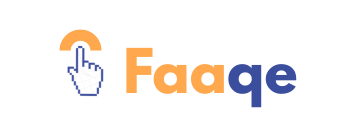- Introduction – The rise of AI creativity
- What is OpenArt AI?
- Why 2025 is the year of AI creativity
- Core features of OpenArt AI
- How OpenArt AI empowers artists
- Joining the OpenArt AI community
- The power of collaboration and sharing
- Inspiring success stories
- How to get started with OpenArt AI
- Tips to maximize your creative journey
- The future of OpenArt AI
- Conclusion – Join the movement
Introduction: The New Frontier of Creativity
In the rapidly evolving world of digital creation, 2025 stands as a defining year for artists, designers, storytellers, and dreamers alike. The fusion of art and artificial intelligence has opened up possibilities that once seemed unimaginable. Leading this revolution is OpenArt AI — a creative platform that empowers anyone, from beginners to professionals, to express ideas through the power of intelligent image generation and community-driven collaboration.
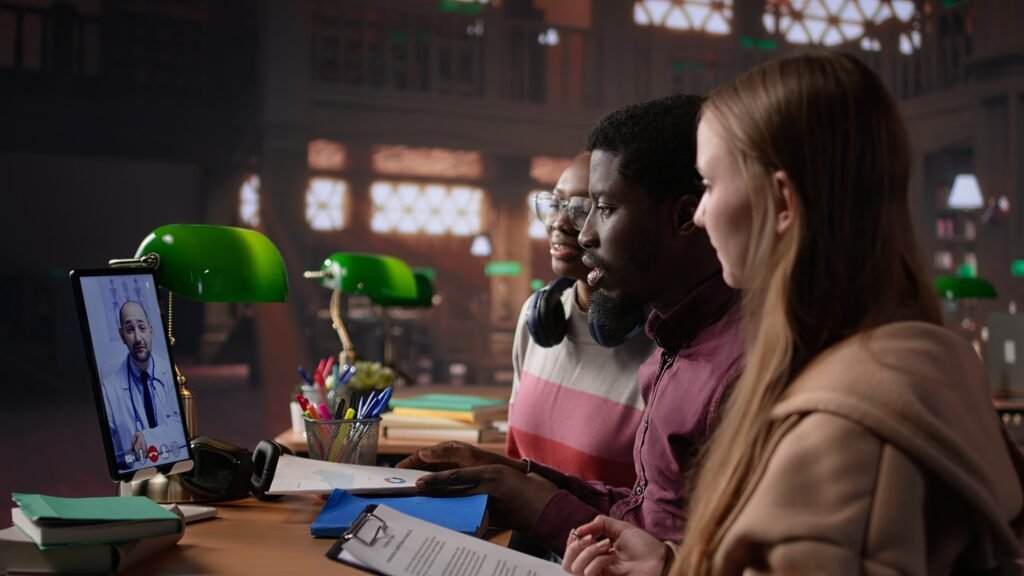
For decades, creativity was limited by the tools at our disposal. Painters needed brushes, photographers needed cameras, and digital artists needed complex software. But with OpenArt AI, art is no longer restricted by physical tools or technical skills — it’s driven by imagination. Using advanced AI models, the platform transforms text prompts into stunning visual masterpieces, giving users the power to create in seconds what might once have taken hours or even days.
The global creative community is now redefining how art is made and shared. AI isn’t replacing creativity — it’s amplifying it. And OpenArt AI is at the center of this transformation, offering not just a tool but an entire ecosystem where ideas, inspiration, and innovation flow freely.
In 2025, joining the OpenArt AI community means joining a movement — one that celebrates human creativity enhanced by the boundless capabilities of artificial intelligence.
What Is OpenArt AI?
OpenArt AI is more than an image generator — it’s a creative universe designed for exploration, expression, and connection. Built on cutting-edge AI technology, the platform enables users to generate high-quality artwork simply by describing what they want to see. Whether you’re crafting futuristic landscapes, designing characters for a video game, or experimenting with abstract concepts, OpenArt AI provides the intelligence and flexibility to bring your vision to life.
At its core, the platform uses deep learning models trained on vast datasets of art, design, and photography. This allows it to understand stylistic nuances, visual balance, and emotional tone. Type in a simple phrase like “a serene sunset over a neon cityscape”, and within moments, you’ll receive a range of interpretations — each with its own personality, color palette, and composition.
But OpenArt AI isn’t just a solitary creative assistant. It’s a community hub. The platform encourages users to share their work, exchange feedback, and collaborate on projects. The community gallery showcases a dynamic range of artworks, from realistic portraits to surreal dreamscapes, all created using the same powerful AI engine.
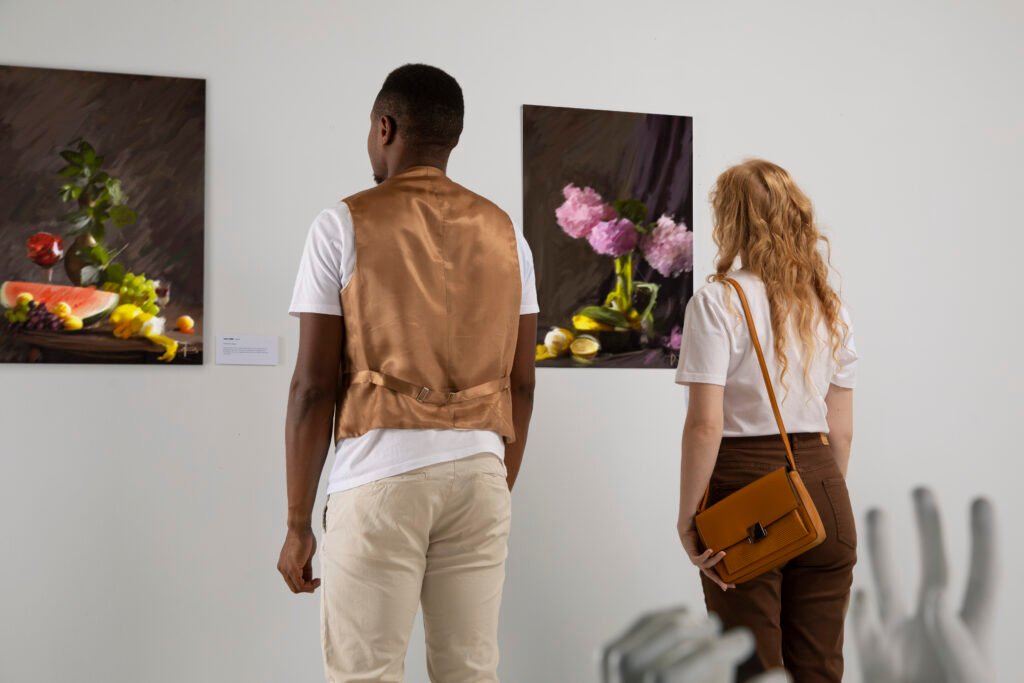
The Vision Behind OpenArt AI
The vision of OpenArt AI is rooted in accessibility and empowerment. Traditional art creation often requires years of practice or expensive tools. OpenArt AI democratizes creativity, breaking down barriers so anyone can create breathtaking visuals, regardless of background or skill level.
Its mission is simple: to inspire and connect. By giving creators AI-powered tools and a supportive community, the platform transforms the creative process into something universal. You don’t need to be a professional designer to make something extraordinary — you only need an idea.
In 2025, the platform continues to evolve, integrating new AI models capable of understanding even more complex artistic directions. With features like style blending, real-time editing, and prompt layering, users can now achieve hyper-personalized results that reflect their unique artistic voice. The future of creative freedom has arrived, and it’s powered by the platform.
Why 2025 Is the Year of AI Creativity
The year 2025 marks a turning point in the world of digital creativity. As artificial intelligence becomes more intuitive and accessible, millions of creators are discovering new ways to express themselves. OpenArt AI has emerged as a cornerstone of this movement, bridging the gap between human imagination and machine intelligence.
Advancements in generative AI technology have made art creation faster, more interactive, and more collaborative than ever. The stigma surrounding AI-generated art is fading, replaced by appreciation for how technology can expand human expression rather than limit it. Artists now collaborate with AI, treating it as a creative partner instead of a competitor.
OpenArt AI has positioned itself perfectly for this shift. Its focus on community growth, ethical AI use, and creative inclusivity sets it apart from other platforms. In 2025, creators aren’t just using AI tools — they’re joining thriving ecosystems that celebrate diversity, learning, and experimentation. the platform leads this new generation of digital artistry.
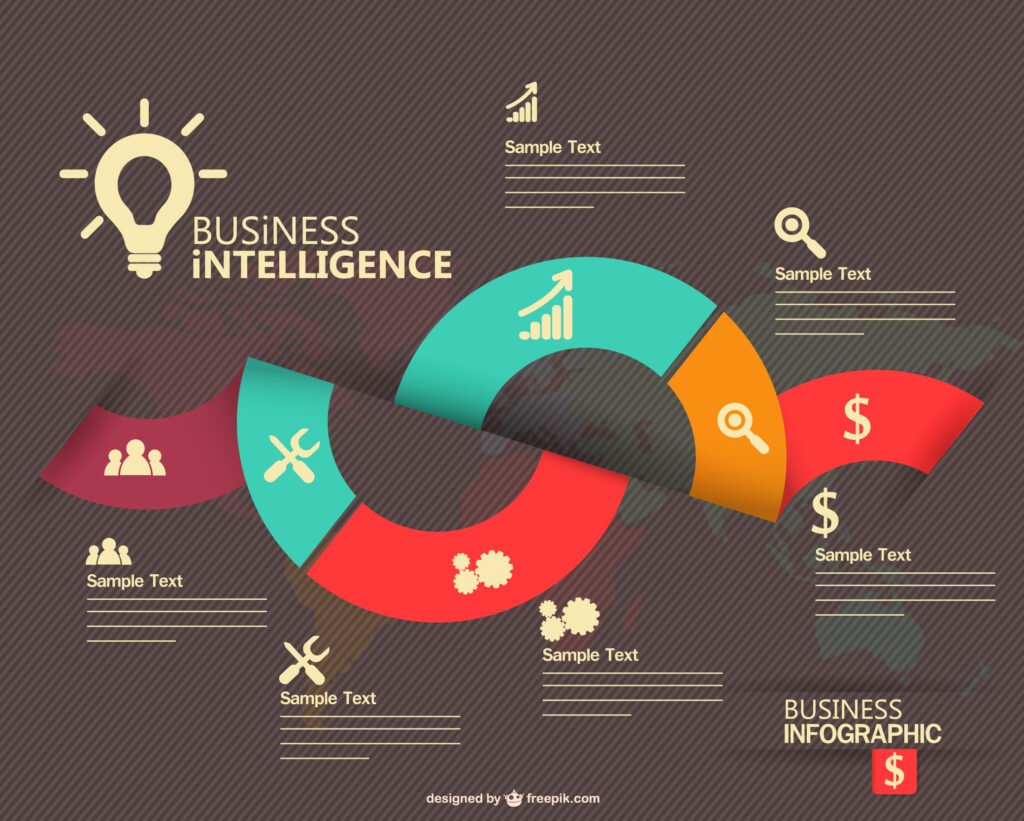
Core Features of OpenArt AI
What makes OpenArt AI such a powerful and beloved creative platform in 2025 is not just its ability to generate beautiful images, but the depth of its features designed to support every type of artist — from the curious beginner to the experienced professional.
1. Text-to-Image Generation
At the heart of the platform lies its intuitive text-to-image generator. Users simply describe what they want, and the AI interprets the text into multiple artistic renditions. The system understands tone, style, and emotion, allowing creators to fine-tune prompts like “cinematic,” “surreal,” or “in watercolor style.” It’s an empowering way to bring imagination to life instantly.
2. Style Customization and Blending
Artists can now blend different artistic styles using OpenArt AI’s style fusion tool. Want to merge Van Gogh’s brush strokes with futuristic sci-fi lighting? You can. This gives every piece a unique signature that reflects the creator’s individual taste.
3. AI-Assisted Editing
the platform doesn’t stop at image generation. Its AI editing features allow users to adjust lighting, textures, and background elements without needing professional software like Photoshop. This means even non-designers can create professional-quality visuals with minimal effort.
4. Prompt Library and Inspiration Hub
For those moments when creativity feels stuck, the platform provides an Inspiration Hub — a curated space filled with trending prompts, community favorites, and thematic challenges. You can explore, remix, and learn from how others describe their ideas.
5. Collaboration Tools
The community aspect of OpenArt AI goes beyond sharing finished pieces. Artists can collaborate in real-time on shared projects, blending their prompts or contributing visual layers to one another’s creations. This collaborative spirit defines what it means to be part of the OpenArt AI ecosystem.
6. Integration and Export Options
OpenArt AI integrates smoothly with major creative tools like Adobe Creative Cloud, Blender, and Figma. Whether you’re building a digital illustration, a 3D concept, or a web design mockup, you can export high-resolution images or layered files directly from the platform.
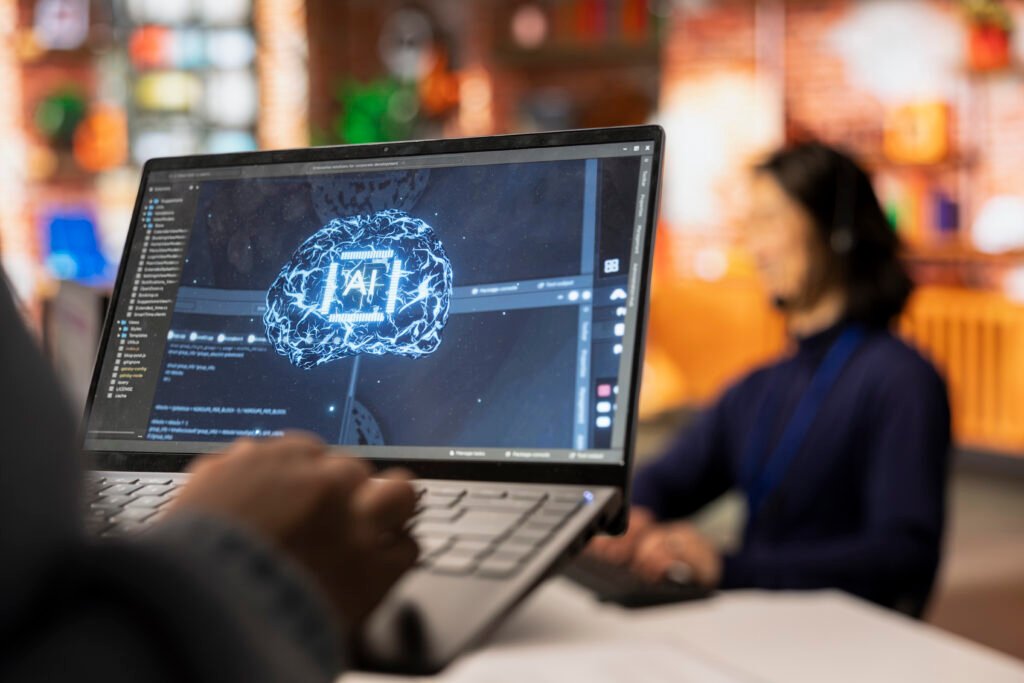
7. Community Gallery and Recognition
One of the most beloved features is the Community Gallery — a living, breathing exhibition of the world’s most imaginative AI art. Users can showcase their creations, gather feedback, and gain followers. the platform frequently highlights outstanding creators in weekly “Featured Artist” spotlights.
Through these features, OpenArt AI does not just serve as a creative tool — it becomes a partner, a mentor, and a stage for artists everywhere.
How OpenArt AI Empowers Artists
The most powerful thing about OpenArt AI is not the technology itself — it’s what the technology enables. Artists often speak about the moment they first used the platform as transformative. It unlocks a new dimension of creative freedom, especially for those who once felt limited by resources or technical know-how.
Breaking Barriers to Entry
Traditional art creation requires specific materials, software, or years of training. the platform democratizes that process. You no longer need a high-end computer, a drawing tablet, or formal education in design to create compelling art. All you need is an idea — and an internet connection.
For young artists in developing regions, this accessibility means more than convenience; it’s an opportunity to express themselves globally. In 2025, many emerging digital artists cite the platform as their starting point — the bridge that connected them to the global art scene.
A Tool for Professionals Too
For established artists, OpenArt AI becomes a co-creator — a digital assistant that accelerates brainstorming and concept development. Storyboard artists use it to visualize scenes. Fashion designers use it to test patterns and color combinations. Architects generate concept visuals in minutes instead of hours. The creative workflow becomes faster, more playful, and more experimental.
Creative Confidence Through Exploration
Many creators describe OpenArt AI as freeing. Instead of worrying about technique, they focus on ideas and narrative. The AI encourages experimentation without fear of failure — if one image doesn’t turn out as expected, simply re-prompt and try again. Every iteration becomes a learning experience.
The more you engage, the more OpenArt AI adapts to your style. Its algorithm learns from your preferences, offering outputs that better match your aesthetic vision over time. In a sense, the AI becomes an extension of your artistic personality.
Empowering Collective Creativity
Beyond individual use, OpenArt AI fosters collective creativity. Teams can co-design visual stories, build community projects, or launch digital exhibitions together. This shared energy — humans and AI collaborating — is reshaping how art communities’ function online.
The empowerment OpenArt AI brings is not just technological; it’s deeply emotional. It gives creators back their voice — or, in some cases, helps them find it for the first time.
The OpenArt AI Community Experience
Perhaps the most defining aspect of OpenArt AI is its community. It’s not just a network of users — it’s a living creative ecosystem where people support, inspire, and celebrate one another.
1. A Culture of Collaboration
In the OpenArt AI community, competition gives way to collaboration. Artists from every background share prompts, techniques, and even failures openly. Whether you’re trying to create your first portrait or experimenting with complex lighting, there’s always someone willing to guide you.
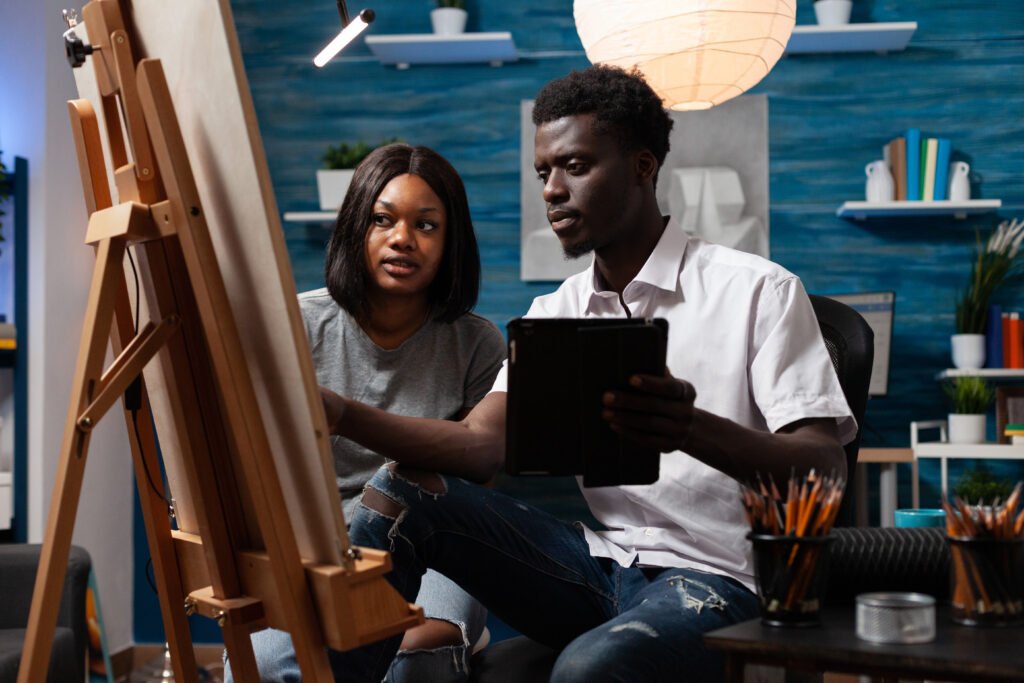
2. Global Accessibility and Diversity
One of the most inspiring parts of the the platform community is its diversity. Creators come from over 100 countries, bringing cultural richness and unique perspectives to every piece of art shared on the platform. This global blend has made OpenArt AI one of the most culturally vibrant digital spaces on the internet in 2025.
3. Learning and Growth
Community events, workshops, and prompt challenges are held weekly. These help users improve their AI prompting skills and artistic direction. Educational content, such as “Prompt Masterclasses” and “Art of AI Composition,” provide both beginners and professionals with valuable learning experiences.
4. Recognition and Rewards
To encourage participation, the platform runs community challenges where artists can earn badges, recognition, and even sponsorships from creative brands. This gamified environment motivates continuous exploration and artistic improvement.5. Safe, Supportive, and Ethical
The OpenArt AI team has made ethical creativity a priority. Strict guidelines ensure that the platform remains a space of originality and respect. The AI avoids reproducing copyrighted materials or offensive content, fostering a safe, positive environment for all.
6. Sharing Your Journey
Every member of the platform has a profile page that serves as a visual portfolio. Here, users can showcase their artwork, describe their creative process, and interact with followers. It’s more than just a gallery — it’s a personal journey log, chronicling artistic growth over time.
By joining the community, you’re not simply uploading images — you’re becoming part of a story that spans across cultures, mediums, and imaginations. OpenArt AI turns solitary creation into shared celebration.
Inspiring Success Stories from the OpenArt AI Community
Every thriving creative community is built on stories — stories of inspiration, transformation, and triumph. The OpenArt AI community is no exception. Since its inception, it has helped thousands of artists unlock their creative potential and redefine their relationship with technology.
1. From Hobbyist to Global Artist: Maya’s Story
Maya, a graphic designer from Indonesia, discovered the platform in early 2024. At first, she used it to experiment with futuristic landscapes for personal enjoyment. But after joining the OpenArt AI community, her work gained recognition. Within months, she had over 10,000 followers and collaborations with indie game developers who wanted to use her AI-inspired art.
She describes OpenArt AI as “the bridge between imagination and visibility.”
Her success shows that even small creative experiments can grow into professional opportunities when shared within the right community.
2. Empowering the Next Generation: The Student Collective
At a university in Kenya, a group of students launched an AI Art Club using OpenArt AI. They used the platform to explore cultural storytelling through digital art — blending African traditions with futuristic imagery. Their collection, titled “Tomorrow’s Roots,” was later showcased at a global digital art conference in 2025.
This project not only celebrated culture but also introduced young artists to the possibilities of AI-driven storytelling.
3. Breaking Barriers: Emma’s Accessibility Journey
Emma, a visually impaired artist from Canada, had always dreamed of expressing her imagination visually. OpenArt AI’s voice-prompt feature allowed her to describe scenes aloud, turning her words into images. For her, AI became an extension of her senses.
Her series, “Echoes of Light,” received international praise for its emotional depth. Emma’s journey represents what OpenArt AI stands for — inclusion, innovation, and empowerment for all creators.
4. A New Wave of Collaborations
In 2025, multiple creative agencies began using the platform as a collaborative tool. Instead of long brainstorming sessions, teams use AI to rapidly visualize concepts for ad campaigns, storyboards, and prototypes. These hybrid workflows — combining human direction and AI execution — have revolutionized the creative industry.
One major advertising firm even credited OpenArt AI with cutting concept development time by 60%. It’s not just art — it’s innovation.
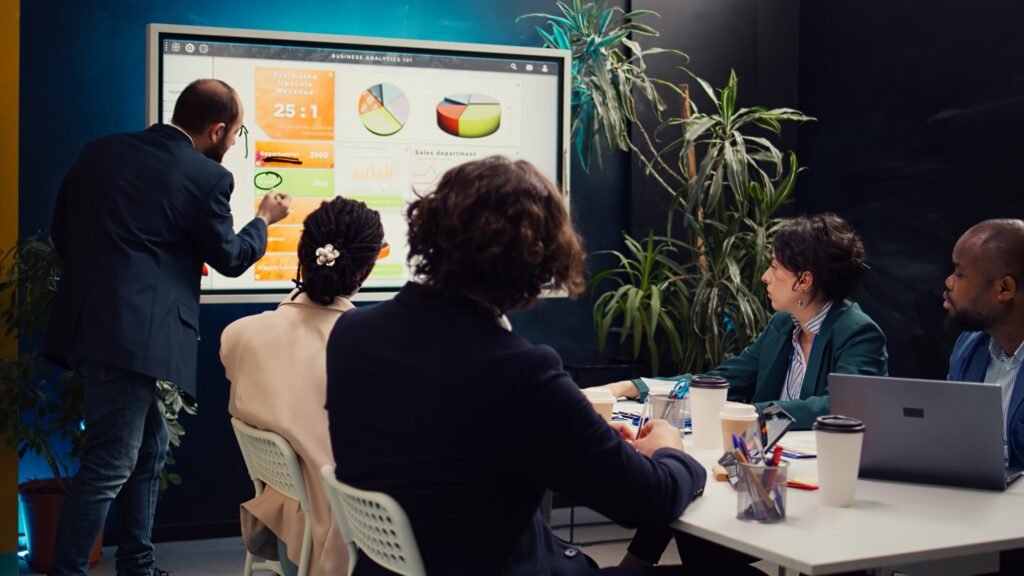
These stories echo a central theme: OpenArt AI doesn’t replace creativity — it multiplies it. Each user brings something unique, and together, they push the boundaries of what art can be.
How to Get Started with OpenArt AI
Joining OpenArt AI in 2025 is incredibly simple, designed for accessibility and immediate creativity. Whether you’re a complete beginner or an industry professional, you can start creating within minutes.
Step 1: Create an Account
Visit the official the platform website and sign up. Registration is free, with premium tiers available for additional features like higher-resolution outputs and commercial licenses.
Step 2: Explore the Dashboard
Once you log in, you’ll find a sleek, intuitive dashboard. It includes sections like:
- Create: Where you type or speak your text prompts.
- Gallery: A feed of community-generated artworks.
- Learn: Tutorials, guides, and creative challenges.
- Profile: Your personal art portfolio and followers.
Step 3: Write Your First Prompt
Describe what you want to create. For example:
“A misty forest illuminated by floating lanterns at midnight, in watercolor style.”
The AI will instantly generate several versions of your prompt. You can then refine your results, adjust details, or remix the image with new style commands.
Step 4: Share and Connect
Upload your favorite creations to your OpenArt AI profile or the Community Gallery. You can tag your work by theme, style, or technique, making it easier for others to discover your art. Engage with fellow creators by liking, commenting, and collaborating.
Step 5: Participate in Challenges
Join community events and themed art challenges. These are great for exposure, learning, and networking. Plus, the top artworks often get featured on OpenArt AI’s homepage and social channels.
Starting with the platform is like walking into a limitless studio — everything you need to create, connect, and evolve is right at your fingertips.
Tips to Maximize Your Creative Journey with OpenArt AI
To get the most out of OpenArt AI, it helps to approach it not just as a tool but as a creative partner. Here are some expert tips to elevate your artistic process:
1. Master the Art of Prompting
Your words are your paintbrush. The more descriptive your prompt, the better your results. Include mood, style, lighting, and perspective cues — for example:
“A cinematic portrait of a warrior queen under starlight, painted in Renaissance style.”
Experiment with adjectives and composition hints like “dramatic lighting” or “macro perspective” to guide the AI more precisely.
2. Remix and Refine
Don’t settle for your first result. OpenArt AI thrives on iteration. Use the remix feature to adjust elements like color, structure, or atmosphere. Each refinement teaches the AI more about your creative vision.
3. Collaborate with Others
One of OpenArt AI’s greatest strengths is its community. Pair up with other creators — writers, musicians, animators — and combine art forms. Many creators have used AI-generated visuals to complement poetry, short films, or album covers.
4. Learn from the Community Gallery
Spend time browsing the the platform Gallery. Observe how others structure their prompts and experiment with styles. This not only improves your prompting technique but also inspires new ideas.
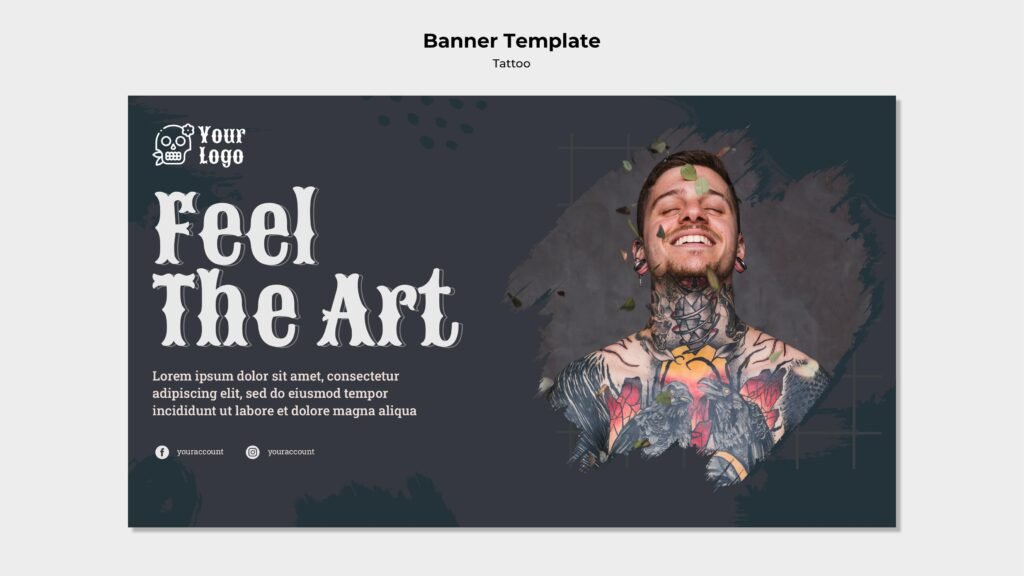
5. Keep Ethics and Originality in Mind
Always strive for originality. OpenArt AI provides a responsible creative environment — but the true value of your art lies in your personal expression. Use AI as a medium to enhance, not imitate.
6. Track Your Growth
Your OpenArt AI profile doubles as an artistic journal. Review your past works to see how your style has evolved. This reflection helps you refine your creative voice over time.
By applying these tips, you’ll grow not just as an AI artist, but as a visionary who understands how technology and imagination intertwine.
The Future of OpenArt AI
As we move deeper into 2025 and beyond, OpenArt AI continues to expand its vision. The platform is constantly evolving — integrating smarter models, richer visuals, and deeper interactivity. But its ultimate goal remains the same: to make creativity accessible to all.
1. Next-Generation AI Models
OpenArt AI’s upcoming releases include enhanced diffusion models capable of understanding abstract ideas and emotional tones. Artists will soon be able to generate narrative-driven visuals that capture atmosphere and feeling more accurately than ever before.
2. Real-Time Co-Creation
A new “Live Collaboration” mode will allow multiple users to co-create artwork in real-time — sketching, prompting, and editing together. This turns creative sessions into digital jam sessions, bridging art, community, and technology.
3. Integration with Virtual and Augmented Reality
By the end of 2025, OpenArt AI plans to integrate VR and AR capabilities, allowing users to step inside their AI-generated worlds. Imagine walking through your own dreamscape or painting suspended in 3D space — this is the future the platform envisions.
4. Empowering Digital Ownership
OpenArt AI is also exploring blockchain-backed digital ownership systems, ensuring artists maintain full rights over their creations. This empowers creators to license, sell, or showcase their AI art with transparency and fairness.
5. Education and Mentorship Expansion
The platform is building a mentorship program that connects experienced artists with new members. Through workshops, live tutorials, and global exhibitions, OpenArt AI aims to nurture a sustainable ecosystem for artistic growth.
The road ahead for OpenArt AI is bright — a path paved by imagination, inclusion, and innovation.
Conclusion: Join the OpenArt AI Community and Share Your Creative Journey in 2025
As the world embraces the era of intelligent creativity, one truth stands clear: art will always be human at its core. Tools may evolve, but imagination remains timeless. OpenArt AI stands not as a replacement for artists, but as a companion — a catalyst for a new age of expression.
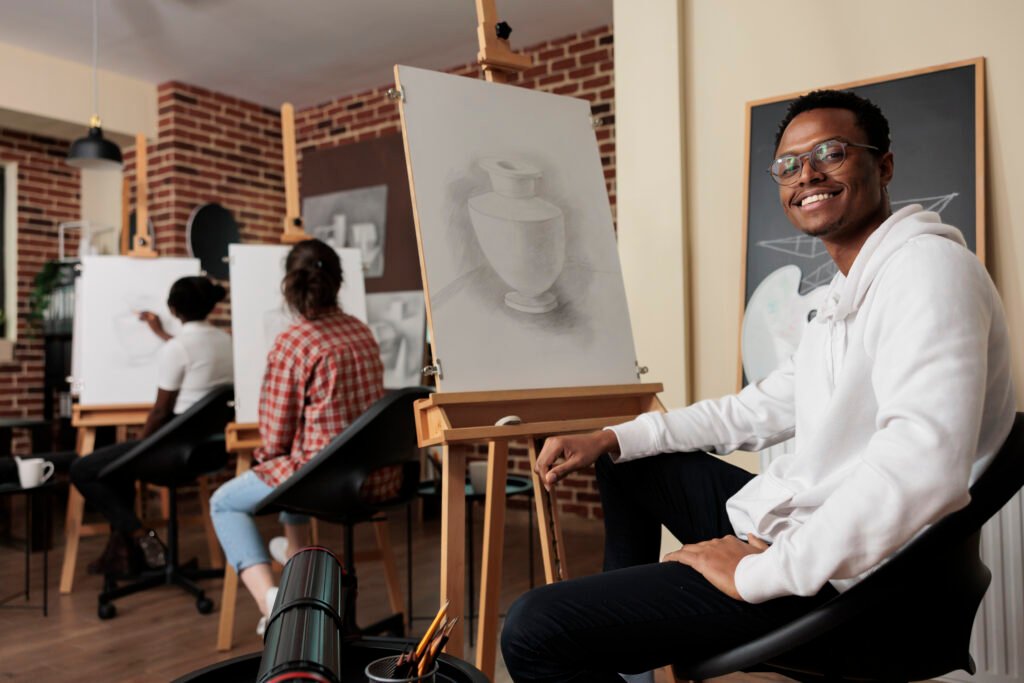
In 2025, joining OpenArt AI means stepping into a global family of dreamers, doers, and visionaries. It’s a space where creativity knows no boundaries, where your wildest ideas can take shape in seconds, and where every voice matters.
So, whether you’re an experienced designer seeking innovation, a storyteller painting with words, or a curious explorer discovering the magic of AI for the first time — your journey begins here.
Join the OpenArt AI Community today. Share your story. Inspire others. And together, let’s redefine what creativity means in 2025 and beyond.
